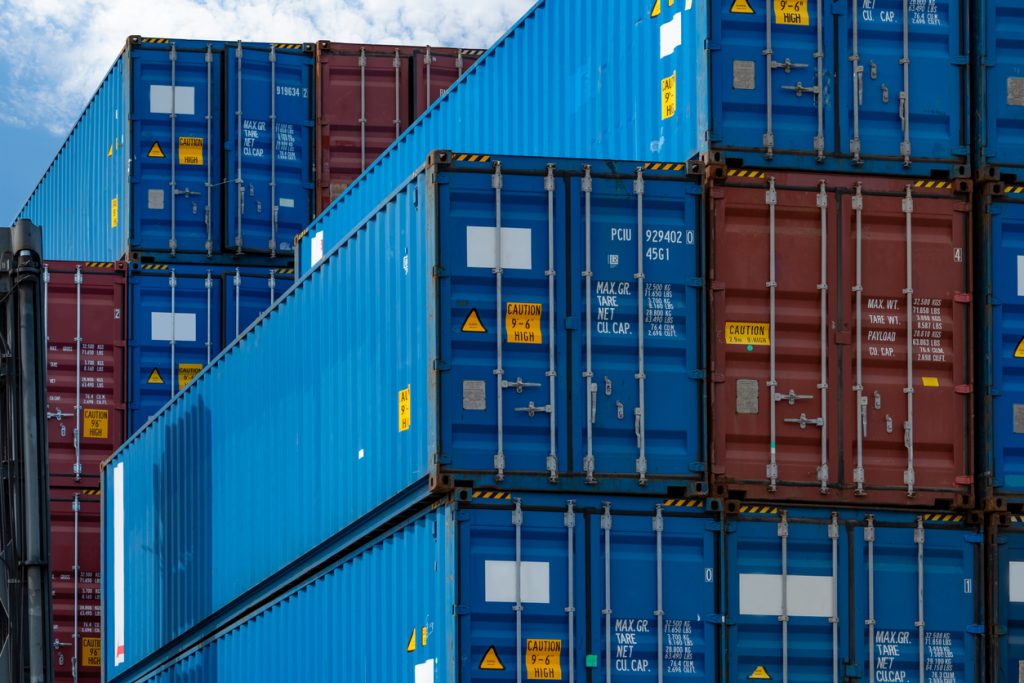1. Introduction
Exporting goods via containers from Nigeria has become a critical part of global trade. Whether you’re shipping agricultural produce, manufactured goods, or personal effects, Travo.ng offers comprehensive container shipping solutions for individuals, SMEs, and large-scale exporters.
This guide outlines exactly how to ship containers from Nigeria efficiently and legally.
2. Choose the Right Container Type
Common container sizes available for export from Nigeria:
| Container Type | Size | Ideal For |
|---|---|---|
| 20ft (Dry) | 6.1m | Dense/heavy goods (e.g., minerals, machinery) |
| 40ft (Dry) | 12.2m | Light, voluminous cargo (e.g., textiles, furniture) |
| 40ft HC | 12.2m | Extra height for taller cargo |
| Reefer (Cold) | 20ft/40ft | Perishables (e.g., food, medicine) |
3. Step-by-Step Shipping Process
✅ Step 1: Request a Quote
Visit Travo.ng to request a container shipping quote. Provide:
- Pickup location in Nigeria
- Container type & load volume
- Destination port (e.g., Dubai, UK, USA, China)
✅ Step 2: Book the Container
Travo.ng arranges a pickup schedule, assigns a container, and provides a delivery timeline. You can choose between:
- FCL (Full Container Load)
- LCL (Less than Container Load) for partial shipments
✅ Step 3: Prepare Export Documentation
Key documents required:
- Commercial Invoice
- Packing List
- Form M (CBN)
- Nigeria Export Proceeds Form (NXP)
- Certificate of Origin
- NAFDAC/SonCap/Phyto Certificate (if applicable)
- Bill of Lading (issued by Travo.ng)
Travo offers documentation assistance to ensure compliance.
✅ Step 4: Customs Clearance
Travo.ng facilitates customs clearance through licensed agents at Nigerian ports:
- Apapa Port (Lagos)
- Tin Can Island Port (Lagos)
- Onne Port (Port Harcourt)
Clearance involves inspection, duty assessment (if applicable), and final approval.
✅ Step 5: Port Handling & Loading
Your container is loaded at the designated terminal. Travo oversees:
- Port entry and handling fees
- Terminal delivery order (TDO)
- Pre-loading inspection
✅ Step 6: International Shipping
Container is loaded onto a vessel heading to your selected port abroad. Shipping lines supported by Travo.ng include Maersk, MSC, CMA CGM, Hapag-Lloyd, and more.
✅ Step 7: Track and Receive
Track your container live via Travo’s platform. Receive notification upon vessel arrival at destination.
4. Why Use Travo.ng?
- 🌍 Global network for major export routes
- 📄 Full documentation support
- ⚖️ Regulatory compliance (CBN, NEPC, Customs)
- 🏗️ Port-to-door shipping available
- 🔒 Insurance and risk management on request
5. Typical Items Shipped from Nigeria
- Agricultural goods: cocoa, sesame, ginger, hibiscus
- Textiles and leather
- Personal effects for relocation
- Machinery, vehicles, construction equipment
6. Cost Factors to Consider
- Container size and weight
- Shipping distance
- Port charges and demurrage
- Insurance (optional)
- Documentation and agency fees
7. Tips for First-Time Exporters
- Start with an exporter’s certificate from NEPC
- Understand your product’s HS code and restrictions
- Choose insured shipping for high-value cargo
- Avoid delays by preparing documents early
- Work with a licensed clearing agent (Travo provides in-house agents)
📌 Summary
Shipping containers from Nigeria involves multiple steps—from container selection and documentation to customs clearance and overseas delivery. With Travo.ng, exporters gain access to hassle-free, compliant, and affordable container shipping services, with expert support every step of the way.






